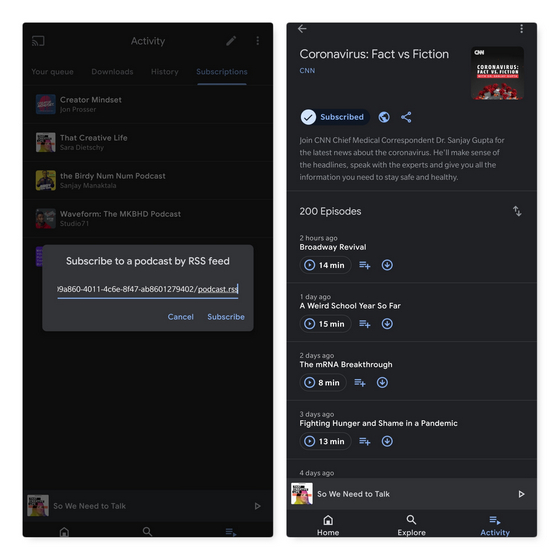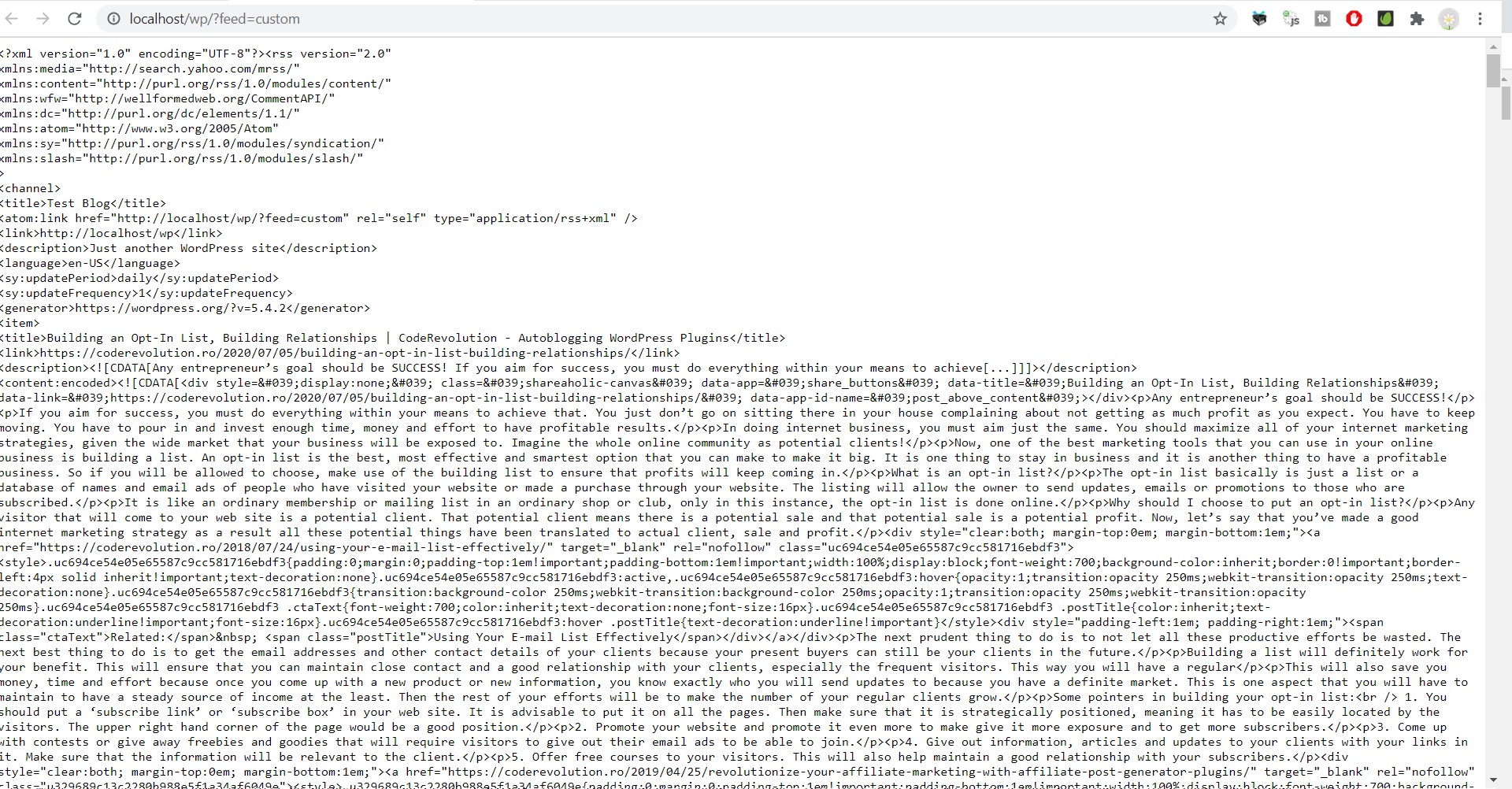
This ensures that your posts won’t fly under the radar and saves your users the hassle of having to manually check your website every day for new content.

Once you have an RSS feed set up for your content, your audience will be able to plug this into their own RSS readers, which will then provide them with automatic updates whenever you post anything new. It’s also pretty much the only way for you to reliably publish podcasts, as all podcast clients will require an RSS structure before they accept you on their platforms.

RSS has been around for a long time, and although it’s not as prevalent as it once was, it’s still one of the primary ways you can ensure that whatever you put online reaches its intended audience. “RSS” is the abbreviation of “really simple syndication,” and it is a format for automatically delivering content to users without them having to manually check your website or blog for updates. If you have no idea what this means, or if you want to learn in detail how to set up an RSS feed, then you’ve come to the right place. If you’re delivering any kind of content to the masses, whether that’s podcasts, articles, videos, music or anything in between, chances are you could benefit from setting up an RSS feed to help deliver that content to your audience.


 0 kommentar(er)
0 kommentar(er)
